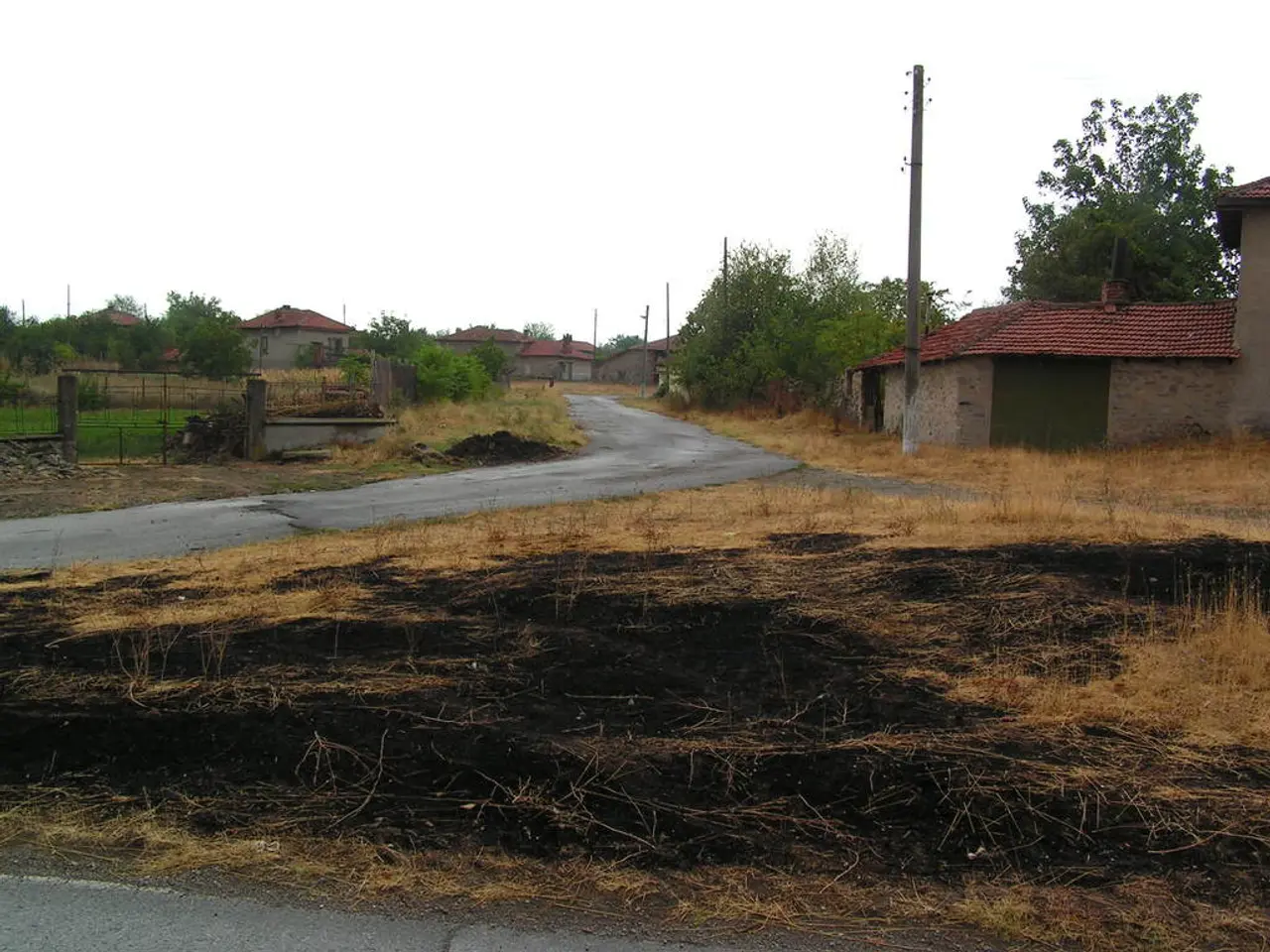Explore the natural process of carbon capture through a botanical lens at Kew Gardens, located in London
In the heart of London's Royal Botanic Gardens, a new permanent exhibit named the Carbon Garden has been unveiled. The garden, designed by Kew's Head of Garden Design, Richard Wilford, aims to shed light on the vital role of carbon in sustaining life on Earth and highlight the extraordinary potential of plants and fungi in combating climate change.
The Carbon Garden is more than just a display; it's an immersive experience that educates visitors about carbon capture in nature and its importance in our lives. Carbon, a crucial component for life, is often discussed in relation to climate change, as too much released carbon can cause global temperatures to rise. However, the garden demonstrates that carbon can also be captured by plants and fungi, serving as a natural ally in the fight against climate change.
The garden is divided into three main areas. The first section depicts Earth's rising temperatures through a vibrant array of coloured flowers, symbolising the increasing warmth of our planet. The second area features plants that thrive in arid conditions, highlighting the importance of drought-resistant species in the face of changing climate patterns. The third section focuses on adapting to climate change, showcasing strategies such as creating rain gardens with swales and promoting biodiversity.
At the centre of the garden stands a unique pavilion, designed by Mizzi Studio. Crafted from low-carbon, natural materials, the umbrella-like structure serves as a focal point, shelter, and rainwater collector. It symbolises the symbiotic relationships between plants and fungi, emerging organically from the ground, not quite a plant nor a mushroom.
The garden is home to 35 new trees and 6,500 plants, each carefully selected to showcase diverse species crucial for carbon capture. By 2050, London's climate is expected to be similar to Barcelona's, and the Carbon Garden is designed to inform people about carbon and its impact on the environment.
Richard Wilford explains, "The Carbon Garden is not just about educating visitors; it's about inspiring them to act and join efforts in shaping a more sustainable, resilient future for life on Earth." The garden aims to provide a visceral wellness kick from visiting a lush, leafy space, while offering a unique opportunity to combine scientific insight with thoughtful design and beautiful planting.
The Carbon Garden serves as a platform to showcase ongoing research on carbon and its role in life, the environment, and climate change. It's a testament to Kew's ongoing efforts to educate visitors about carbon capture in nature and its importance in sustaining life on Earth. The garden is free to enter with a ticket to Kew Gardens, encouraging broad public access and engagement.
So, whether you're a seasoned gardener or a curious visitor, the Carbon Garden offers a compelling reason to visit Kew. By understanding the role of carbon in our lives, we can take action to support the planet's health and ensure a sustainable future for all.
- The Carbon Garden, an immersive experience within Kew's Royal Botanic Gardens, showcases environmental science, specifically the role of plants and fungi in carbon capture, offering insight into how lifestyle choices can sustain Earth's climate.
- By 2050, London's climate will resemble Barcelona's, highlighting the need for home-and-garden practices that adapt to climate change, as demonstrated in the Carbon Garden's section focusing on such strategies.
- In conjunction with showcasing diverse plant species, the Carbon Garden also features a unique pavilion designed from low-carbon, natural materials, symbolizing the fusion of science, design, and gardening in the fight against climate change.




